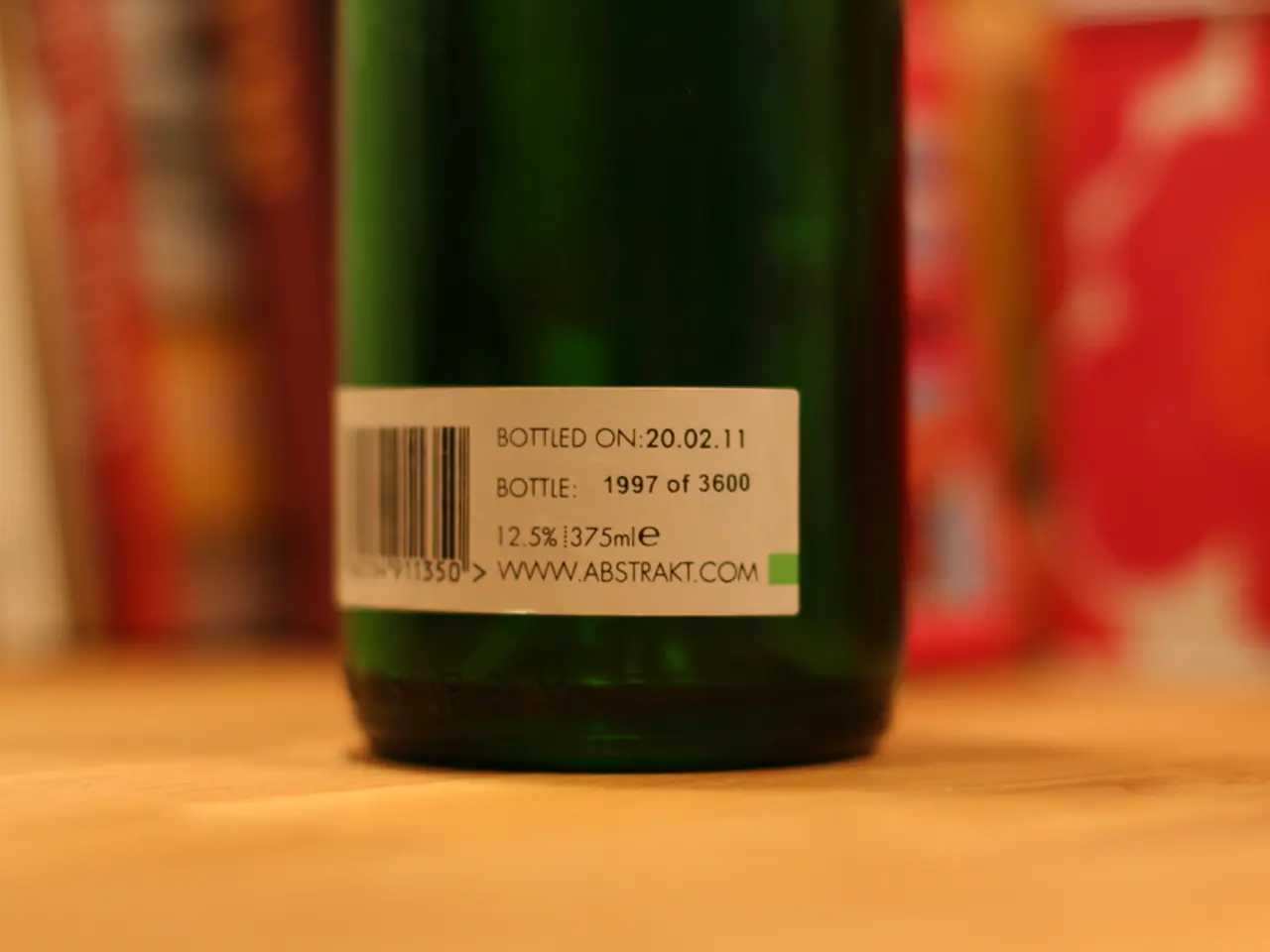Chemical Compounds under Scrutiny
The European Union (EU) is taking significant strides in its approach to chemicals regulation, with a growing emphasis on Substances of Concern (SoC). This shift, evident in various legislations, is moving away from a risk-based approach towards a more hazard-centric one.
The EU Chemicals Strategy for Sustainability (CSS) has expanded the concept of 'Substance of Concern' to include substances that hamper recycling for safe and high-quality secondary raw materials. This extension goes beyond safety considerations, now encompassing substances with confirmed as well as suspected hazardous properties.
One of the key regulatory frameworks driving this change is the ecodesign for sustainable products regulation (ESPR). The identification of a Substance of Concern in this context may trigger information and notification requirements throughout a product's value chain and lifecycle.
The Packaging and Packaging Waste Regulation (PPWR) and the Corporate Sustainability Reporting Directive (CSRD) have also incorporated the SoC concept. The CSRD, for instance, introduces reporting requirements on Substances of Concern, including disclosure of policies aimed at the substitution and minimization of their use, present reduction targets, and reporting on their conditions of production, use, distribution, and import/export.
The Commission's recent expressed intentions regarding the REACh revision and ongoing substances restrictions suggest that a full breakout from the previous approach is not expected. However, the revision of the CLP Regulation incentivizes new hazard classifications and straightforward processes. Alignment between self-classifications is incentivized, and grouped classification prioritized, whenever scientifically justifiable.
The consequences of the identification of a Substance of Concern will depend on each ecodesign requirement. For instance, substances can be deemed 'of concern' if they negatively affect 'the reuse and recycling of materials in the product in which it is present.'
The Commission is now empowered to initiate harmonized classification in the CLP Regulation, previously exclusive to the industry and Member States. This change will render the SoC concept even more impactful, as it will lead to a more unified approach to chemical classification across the EU.
Uncertainties remain, especially considering that the concerned policies are an inheritance from the previous Commission. However, major stakeholders, including EU regulatory bodies, industry groups, and research institutes engaged in chemical safety and sustainability initiatives, are contributing to this development process within the EU framework.
The newly designated Commission may show more caution, with the transition from the Green Deal to a Clean Industrial Deal, oriented towards reinforcing competitiveness. Despite this, the concept of 'Substance of Concern' is increasingly present in EU legislations beyond the remits of chemicals regulation.
An example of this shift towards a more hazard-centric approach in REACh restrictions is the PFAS restriction proposal. As the EU chemicals legislation continues to evolve, the role and implications of Substances of Concern will undoubtedly become more significant in shaping the future of sustainable product design and chemical safety within the EU.
Read also:
- Vaccinations Explained: An Overview of Immunization Processes
- Health care professionals targeted in a shooting incidents, a pattern of hostile actions against health workers continues to unfold, with many observing this trend as unremarkable.
- King Charles III Praises Britain's Nuclear Heritage in Caithness, Celebrating NDA's Significant Achievements
- Artificial Data Inflicting Real Damage








